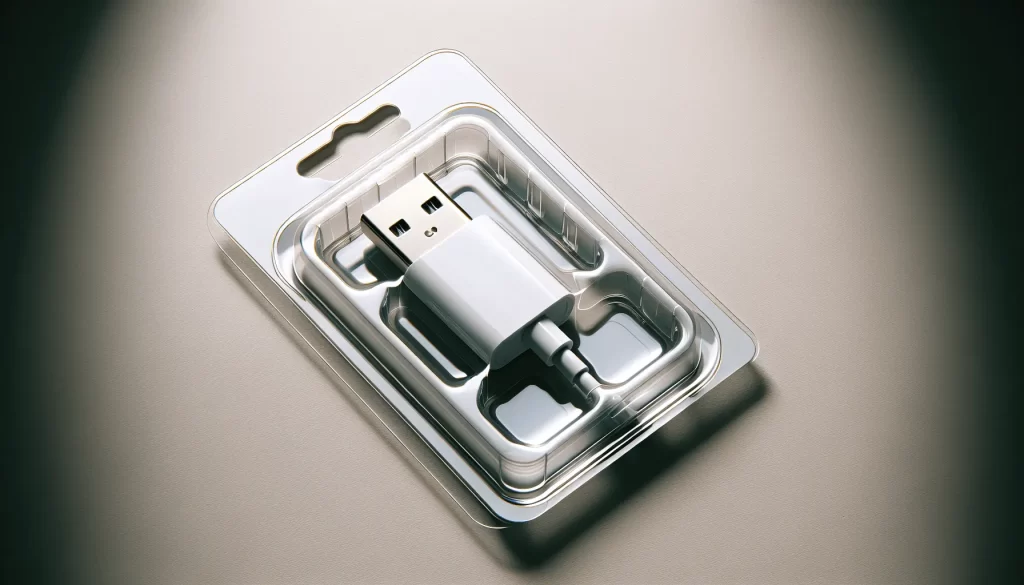Types of Clamshell Packaging for Weed
Clamshell packaging comes in various styles and materials, each with its own advantages. Here are some common types:
Based on Material:
- Plastic: The most common material due to its affordability, durability, and transparency.
- Biodegradable: Made from plant-based materials, these clamshells are environmentally friendly.
- Rigid: Offers extra protection for delicate products like vape cartridges.
- Flexible: Can be easily opened and closed, making them convenient for consumers.
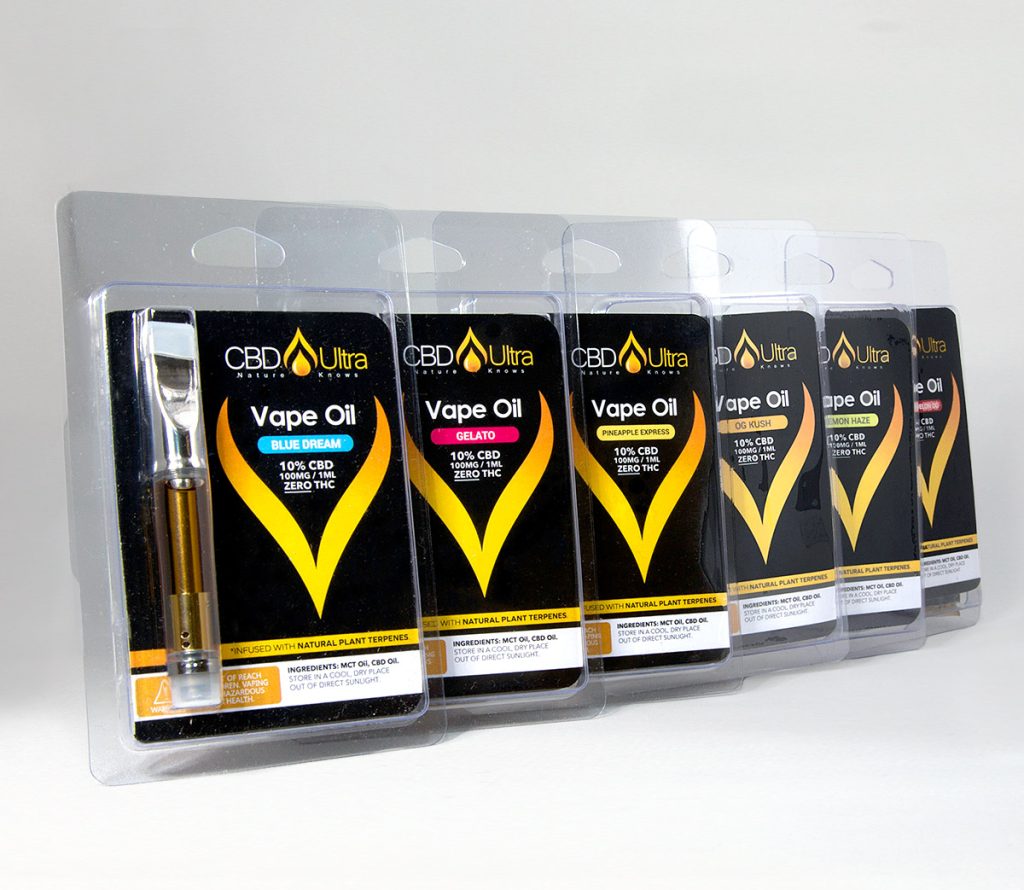
Based on Design:
- Standard: The classic clamshell shape with a hinged lid.
- Resealable: Features a zipper or latch for easy opening and closing.
- Windowed: Includes a clear window that allows consumers to see the product without opening the package.
- Customizable: Can be designed with unique shapes, colors, and branding elements.
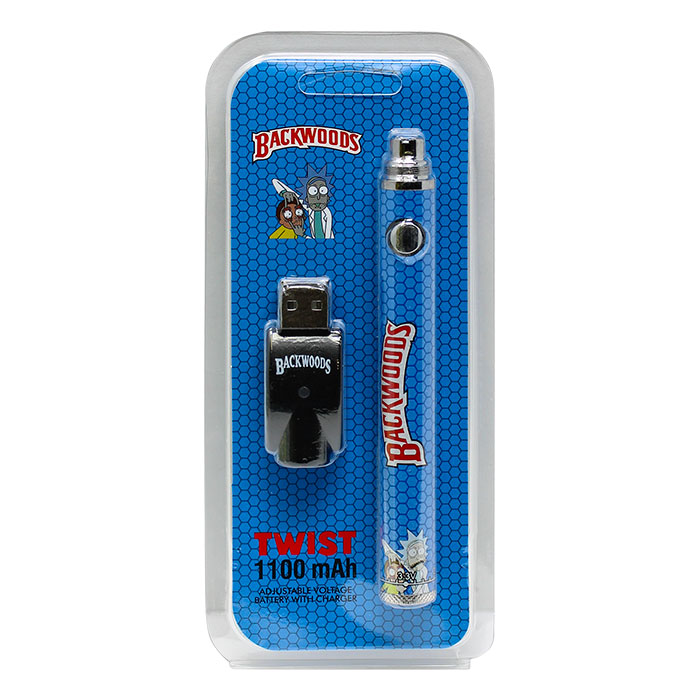
Based on Functionality:
- Child-resistant: Features tamper-proof closures to prevent accidental access by children.
- Humidity-controlled: Helps maintain the freshness and potency of cannabis products.
- Vacuum-sealed: Removes air from the package to preserve the product’s quality.
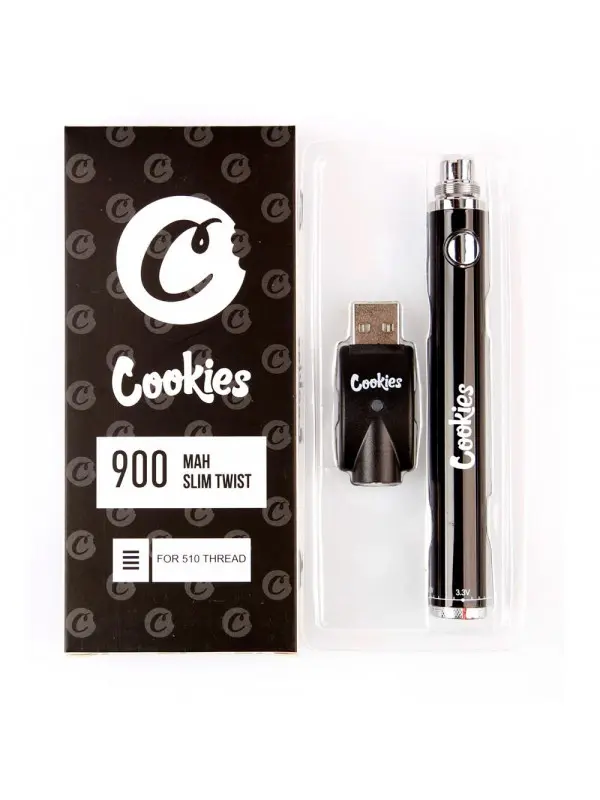
Are there any specific regulations or requirements for packaging weed products in Clamshells?
Regulations and requirements for packaging cannabis products, including clamshell packaging, can vary by jurisdiction but generally include the following key elements:
- Child-Resistant Packaging: Most regulations require cannabis packaging to be child-resistant to prevent accidental ingestion by children. This means the packaging must be difficult for children under a certain age to open but not too difficult for adults1.
- Tamper-Evident: The packaging should be tamper-evident, meaning it should show visible signs if it’s been opened or tampered with1.
- Labeling Requirements: Cannabis packaging must include specific labeling information, such as product name, THC and CBD content, serving size, and health warnings. The labeling must comply with state and local regulations2.
- Opaque Packaging: In some jurisdictions, the packaging must be opaque to prevent the product from being seen from the outside5.
- Resealable: For products with multiple uses or servings, the packaging needs to be resealable to maintain product freshness and security5.
- Compliance with State and Local Laws: Since cannabis is not federally regulated in the U.S., each state has its own set of regulations. Companies must ensure that their packaging complies with the specific laws of the state in which they operate10.
These requirements are designed to ensure the safety of consumers and to comply with legal standards. For exact regulations, businesses should consult the specific cannabis packaging laws applicable in their region.
What are the labeling requirements for weed products sold in Clamshells?
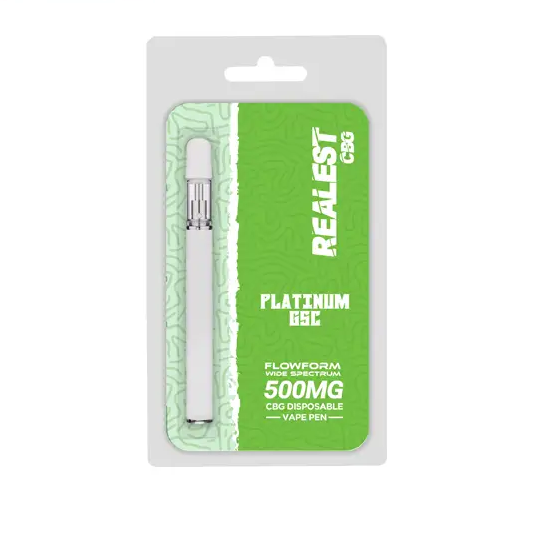
The labeling requirements for cannabis products, including those sold in clamshells, typically include the following elements:
- Product Name: Clearly stated on the packaging for easy identification.
- Ingredients List: A full list of ingredients used in the product, which is crucial for edibles and topicals.
- Potency Information: The THC and CBD content must be specified, often in milligrams per serving and total package.
- Usage Instructions: Directions for use, which are especially important for new users or for products with specific application methods.
- Health Warnings: Mandatory health warnings related to the consumption of cannabis, such as potential effects and risks.
- Batch Number and Production Date: This helps with tracking the product for quality control and recalls if necessary.
- Expiration Date: If applicable, to ensure consumers use the product within its effective period.
- Regulatory Compliance Information: Any state-specific warnings or information required by local laws.
- Brand Information: The name and contact information of the manufacturer or distributor.
These labeling requirements ensure transparency, safety, and compliance with legal standards. They can vary significantly by jurisdiction, so it’s important for companies to adhere to the specific regulations of the area where they are selling their products
Are there any storage or handling requirements for weed products in Clamshells?
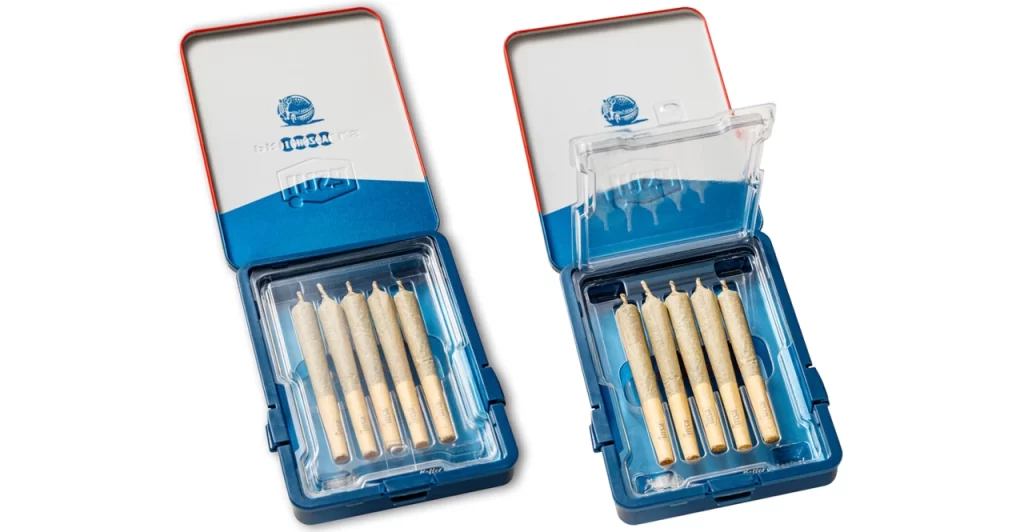
The storage and handling requirements for cannabis products, including those in clamshell packaging, generally include the following considerations:
- Secure Storage: Cannabis products should be stored in a secure, locked container or cabinet to prevent unauthorized access. This is particularly important for products that contain THC.
- Temperature Control: It is important to store cannabis products in a cool, dry place to maintain their potency and prevent degradation. Excessive heat or moisture can affect the quality of cannabis.
- Humidity Control: Optimal humidity levels should be maintained to prevent mold growth and preserve the integrity of the product. This is often achieved with humidity control packs or storage in climate-controlled environments.
- Avoid Light Exposure: Cannabis should be stored in opaque containers or in dark places to prevent light exposure, which can degrade cannabinoids and terpenes.
- Handling Precautions: When handling cannabis products, it’s important to avoid contamination. This includes using clean tools, wearing gloves if necessary, and ensuring all surfaces are sanitized.
- Vacuum Sealing for Long-term Storage: If cannabis products need to be stored for an extended period, vacuum sealing can help preserve freshness and potency.
These practices help maintain the quality, safety, and compliance of cannabis products throughout their shelf life. It’s essential for producers and retailers to adhere to these guidelines to ensure consumer safety and satisfaction.
What are the most common mistakes made when storing weed products in Clamshells?
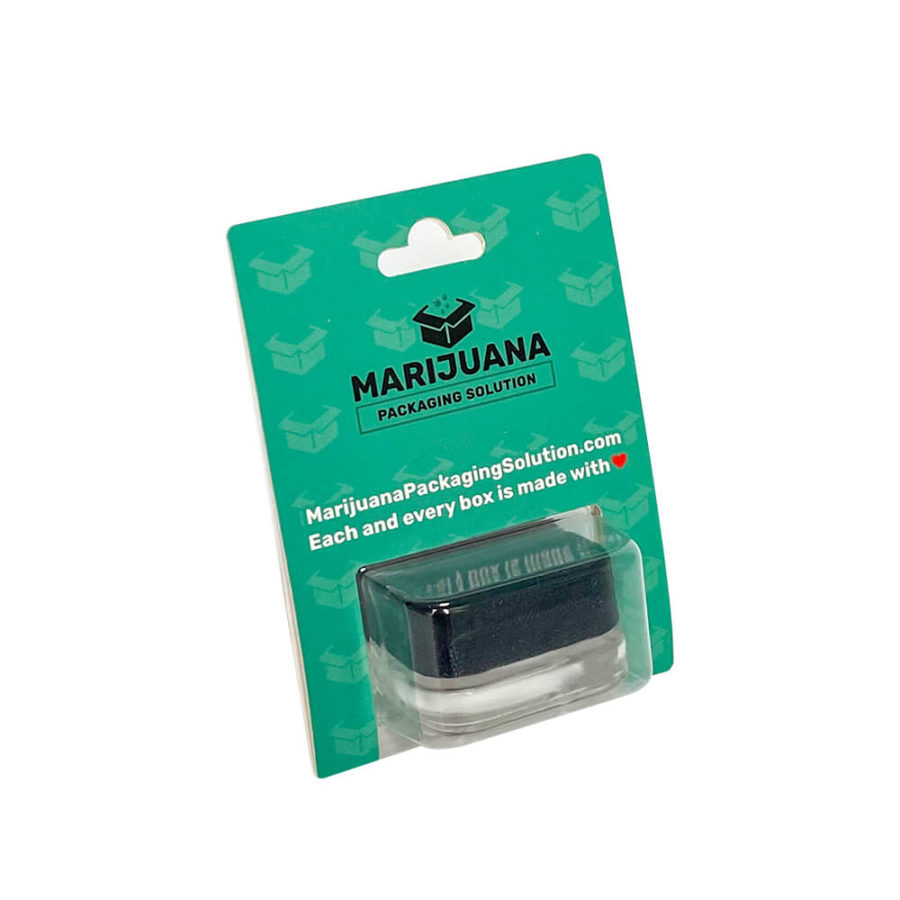
Here are some common mistakes made when storing cannabis products in clamshells:
- Improper Sealing: Not ensuring that the clamshell is properly sealed, which can lead to exposure to air and moisture, degrading the quality of the cannabis.
- Exposure to Light: Storing cannabis in areas exposed to light, which can break down cannabinoids and terpenes, reducing potency and flavor.
- Incorrect Temperature and Humidity: Failing to store cannabis in a cool, dry place can result in mold growth or drying out the product.
- Using Plastic Bags or Containers: Storing cannabis in plastic can generate static electricity, which can degrade trichomes, affecting potency.
- Overhandling: Frequent handling and opening of the clamshell can introduce contaminants and affect the freshness of the product.
- Storing with Other Products: Keeping cannabis with other items, such as grinders or other paraphernalia, can lead to cross-contamination or odor transfer.
- Ignoring Expiration Dates: Not monitoring the expiration dates can lead to using stale or less potent products.
Avoiding these mistakes helps maintain the quality and effectiveness of your cannabis products. Proper storage techniques are essential for preserving the attributes and safety of cannabis.
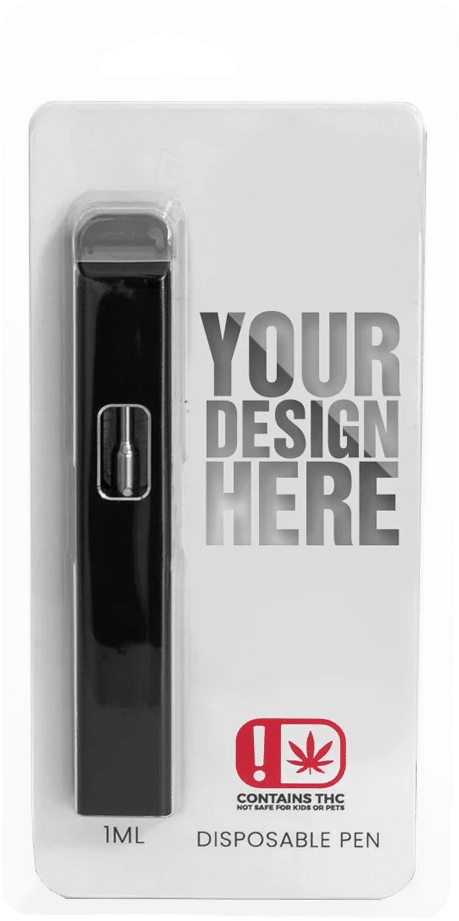
Whatsapp: https://wa.me/+8613570649762
Telegram: https://t.me/packagingcc

